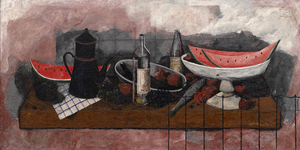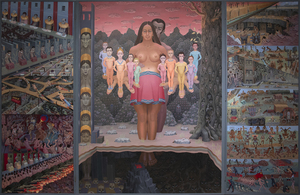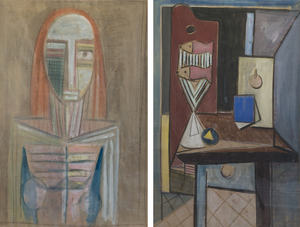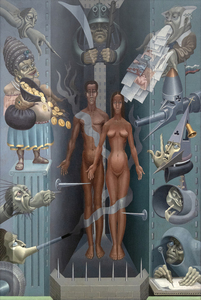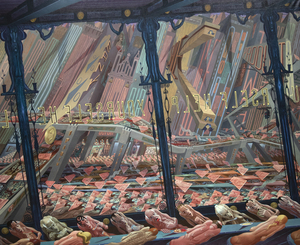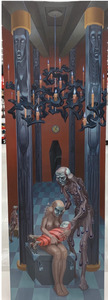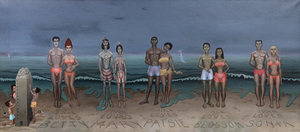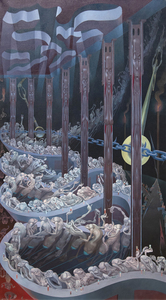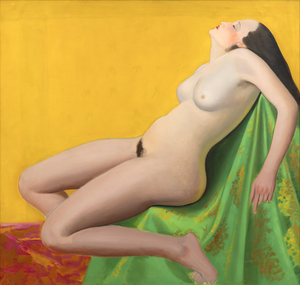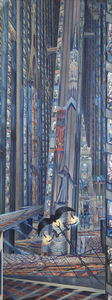Por favor, póngase en contacto con la galería para obtener más información.
Exposiciones actuales
2024
2023
2022
2021
2020
2019
2018
2016
2015
2014
2011
2010
2009
Historia
En el retrato que Diego Rivera hizo de Enriqueta Dávila, el artista afirma una mexicanidad en la obra, junto con sus fuertes sentimientos hacia la modelo. Además, este cuadro es único entre sus retratos por su uso del simbolismo, que nos da una imagen fuerte, aunque opaca, de la relación entre el artista y su modelo.
Enriqueta, descendiente de la prominente familia Goldbaum, estaba casada con el empresario teatral José María Dávila. Ambos eran amigos íntimos de Rivera, y el artista solicitó inicialmente pintar el retrato de Enriqueta. A Enriqueta la petición le pareció poco convencional y cedió con la condición de que Rivera pintara a su hija, Enriqueta "Quetita". Rivera capta el espíritu de la madre mediante el uso de la dualidad en diferentes secciones del cuadro, desde las tablas del suelo hasta sus manos, e incluso las flores. ¿Por qué la división en el horizonte de la tabla del suelo? ¿Por qué la cruz prominente cuando la familia de Enriqueta es judía? Incluso su pose es interesante, mostrando a una mujer en control de su propio poder, subrayado por su mano en la cadera, a la que Rivera se refiere como una garra, complicando aún más nuestra comprensión de su estatura.
Este uso de las flores, junto con su "rebozo", afirma una identidad mexicana. Rivera era experto en incluir y centrar flores en sus obras, lo que se convirtió en una especie de recurso de firma. Las flores muestran bromelias y roselas; las primeras son epífitas y las segundas se conocen como flor de jamaica y se utilizan a menudo en el té de hibisco y las aguas frescas. Existe, pues, una tensión entre estas dos flores, que pone de relieve la complicada relación entre Enriqueta y Rivera. Por un lado, Rivera demuestra su identidad mexicana y la de la modelo, a pesar de las raíces extranjeras de la familia de Enriqueta, pero puede haber un significado más punzante que revele los sentimientos de Rivera hacia el sujeto. Las flores, como suele ocurrir en los cuadros de bodegones, también pueden hacer referencia a la naturaleza fugaz de la vida y la belleza. El retrato de su hija comparte algunas similitudes por el uso del chal y las flores, pero a través de simples cambios en los gestos y el tipo y la colocación de las flores, Rivera ilumina una personalidad más fuerte en Enriqueta y una relación más dinámica filtrada a través de su lente.
MásCONOCIMIENTOS DEL MERCADO
- El récord de Rivera se estableció en noviembre de 2022 por más de 14 millones de dólares. El cuadro pertenecía a la Colección Paul G. Allen.
- Retratos similares se han vendido en subasta por más de 7,4 millones de dólares.
- Según Art Market Research, la tasa compuesta de crecimiento anual del mercado de Rivera ha sido del 10,9% desde 1976 y del 12,9% en los últimos cinco años.
Los mejores resultados en la subasta

"The Rivals" (1931) se vendió por 14.130.000 dólares.

"Retrato de Columba Domínguez de Fernández" (1950) se vendió por 7.445.250 dólares.

"La bordadora" (1928) se vendió por 4.140.000 dólares.




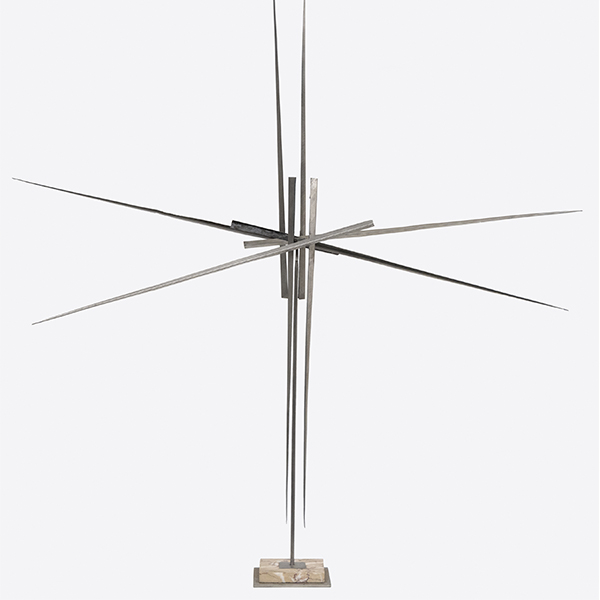
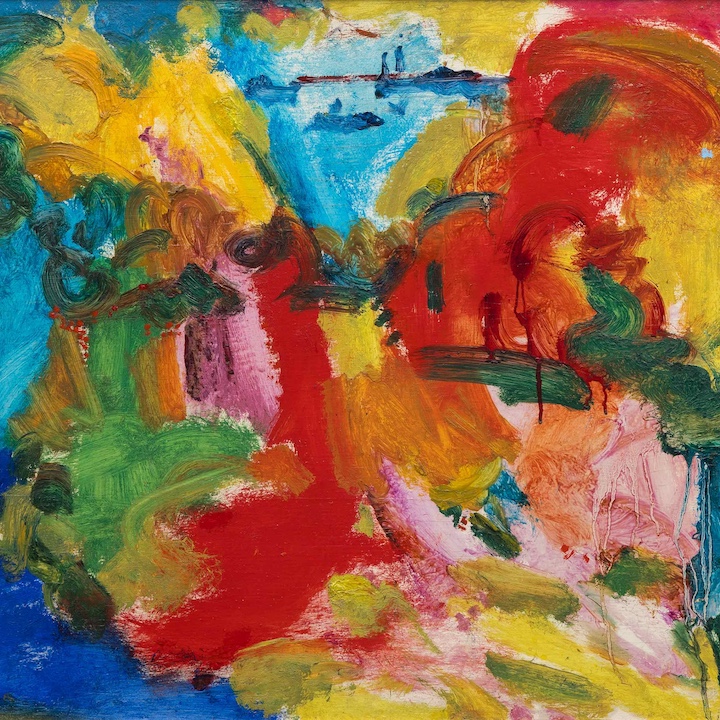
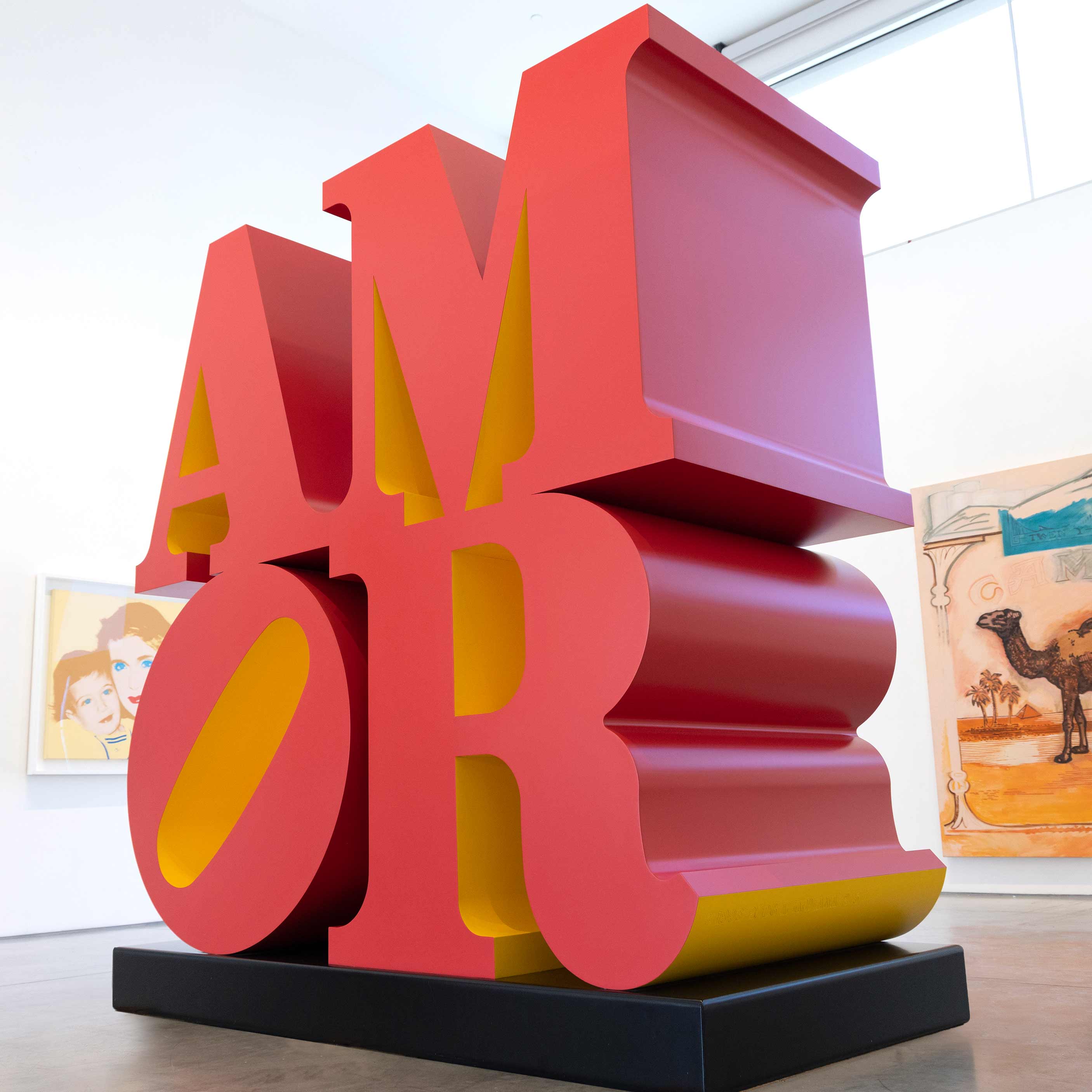
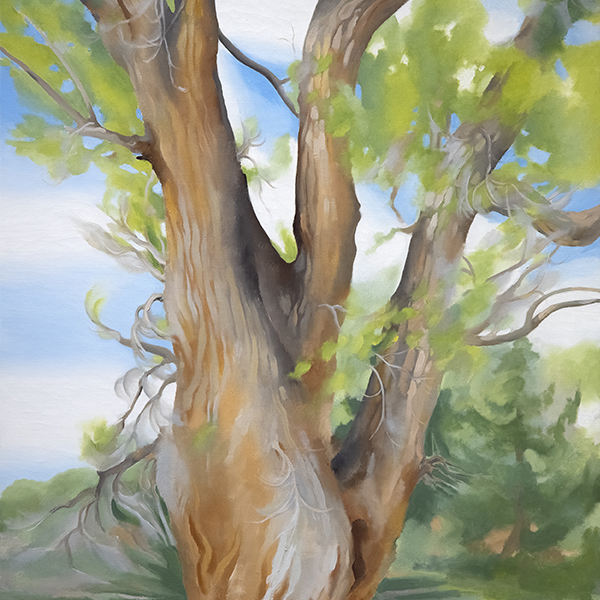
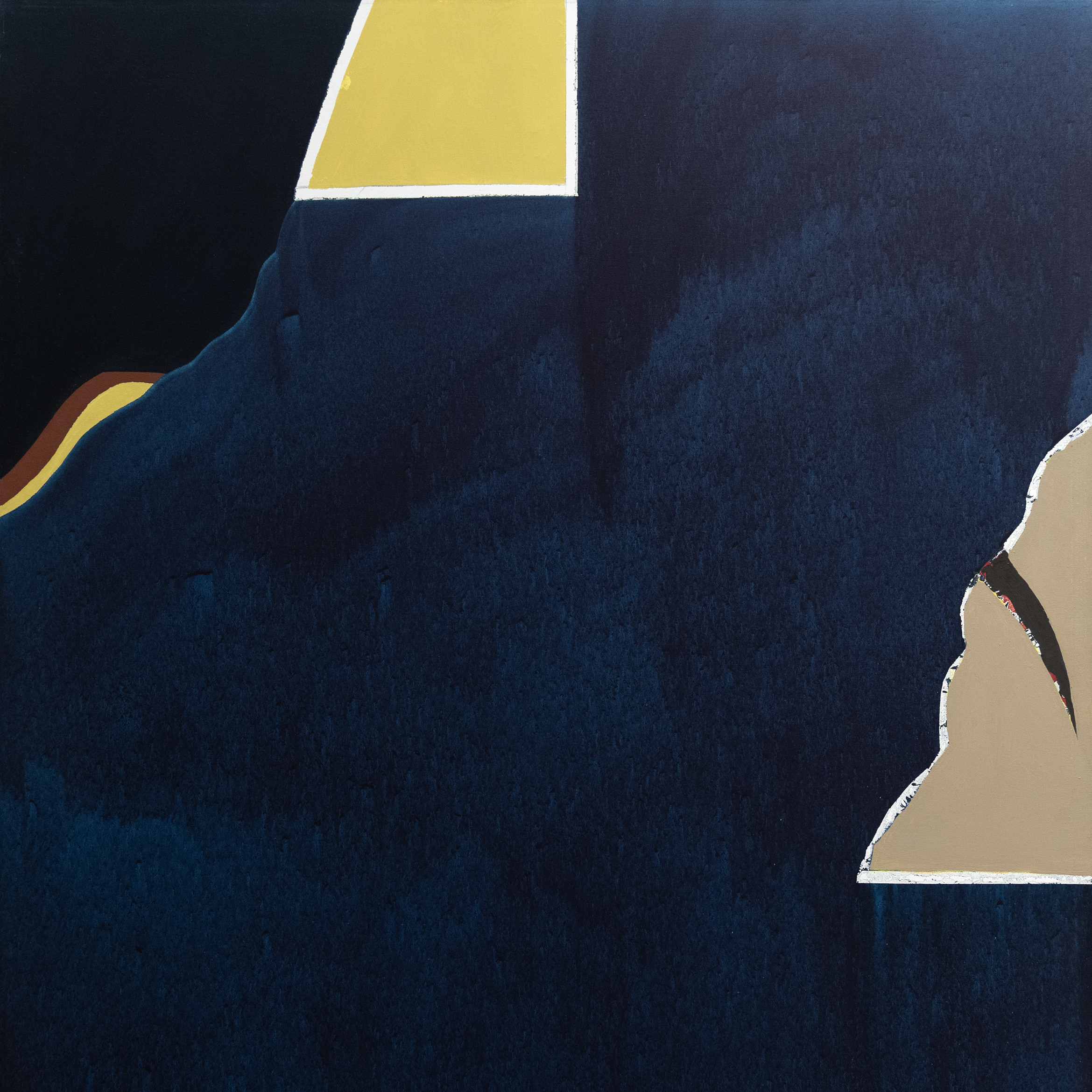
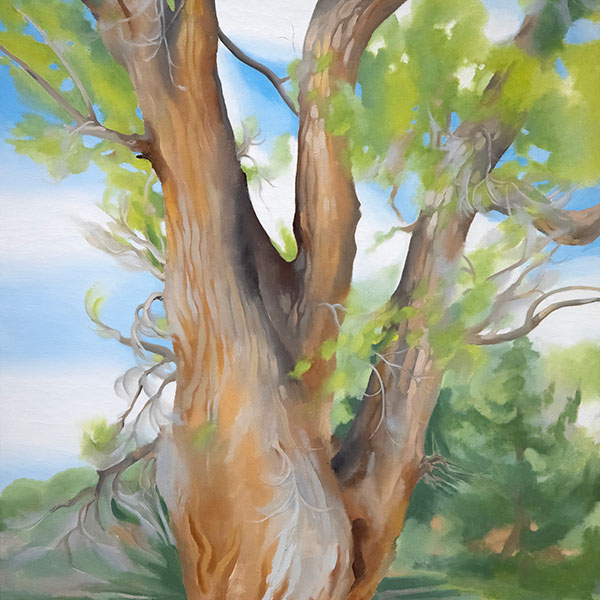
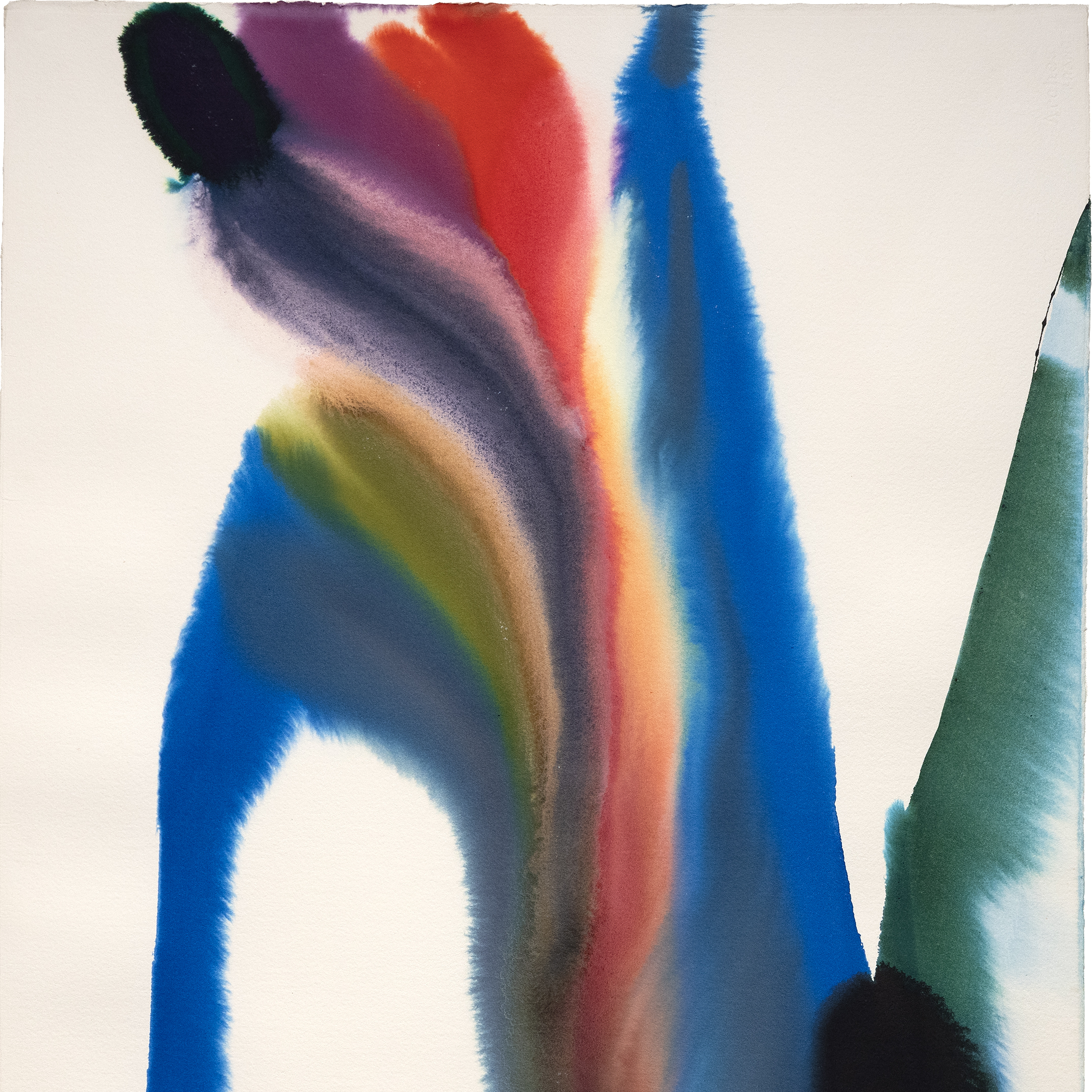
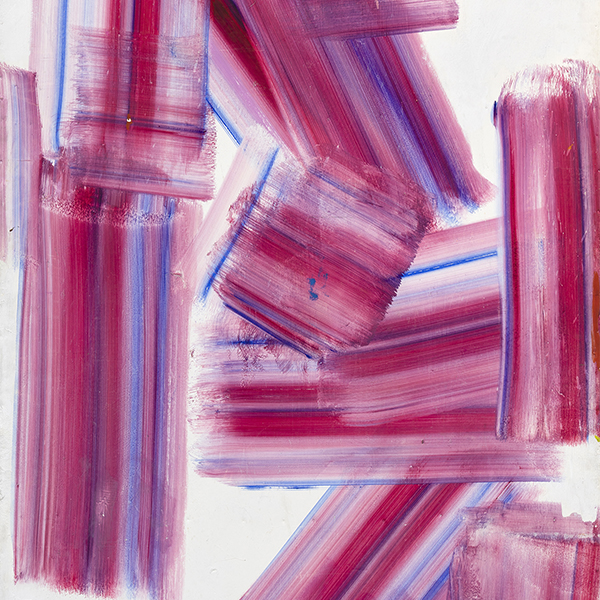
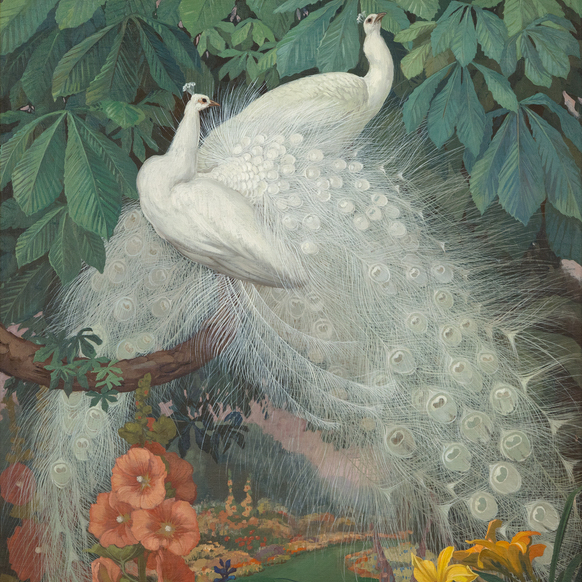



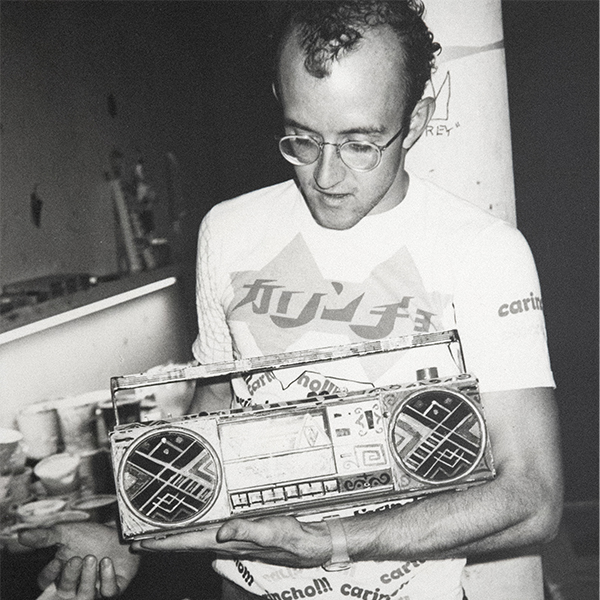
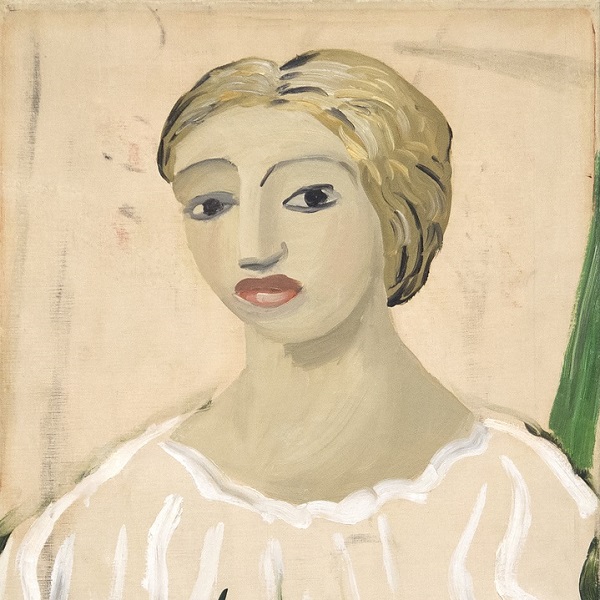
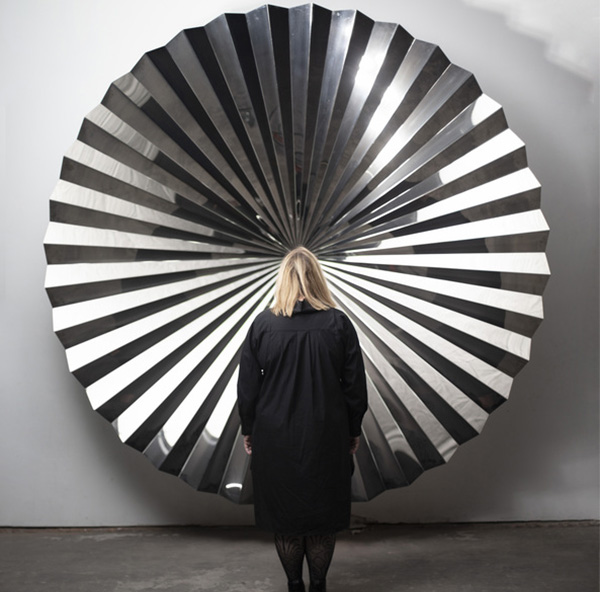
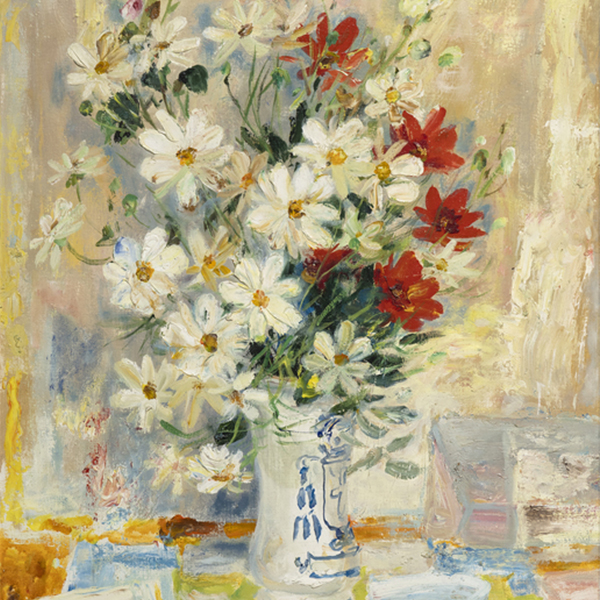
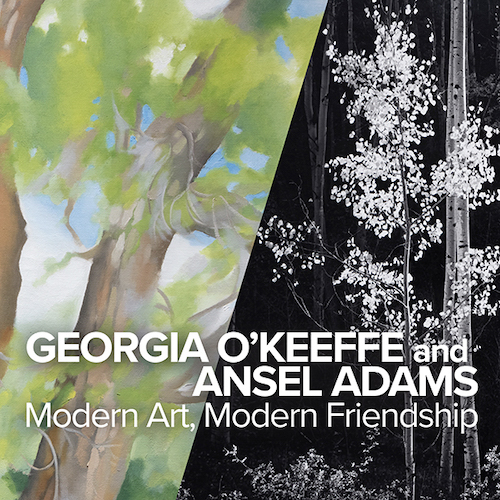
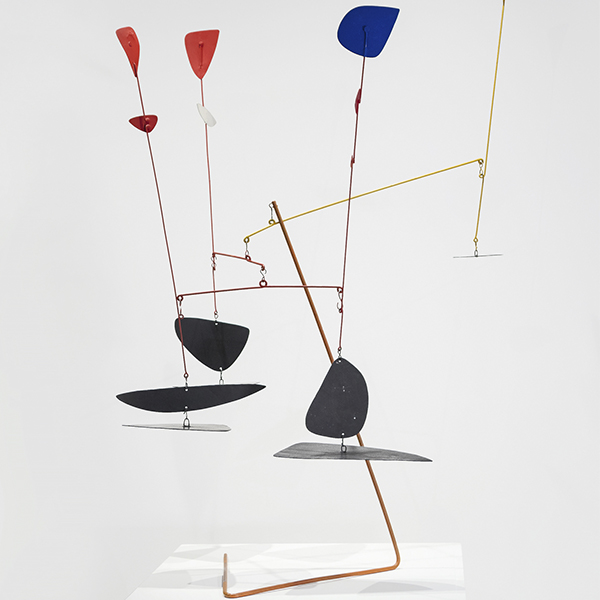
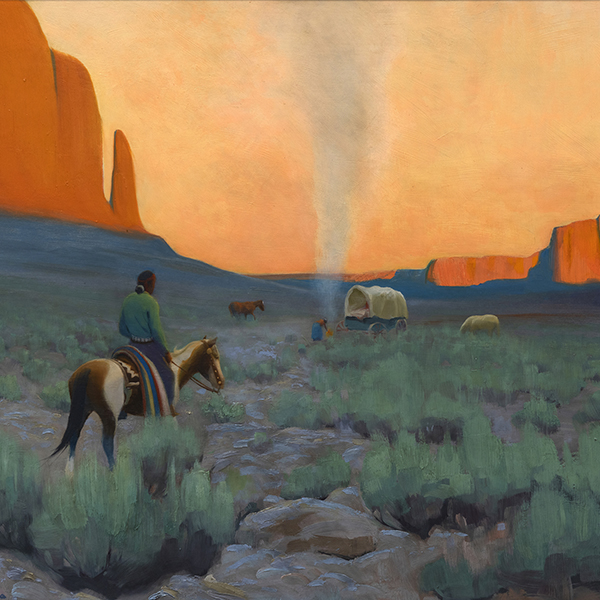
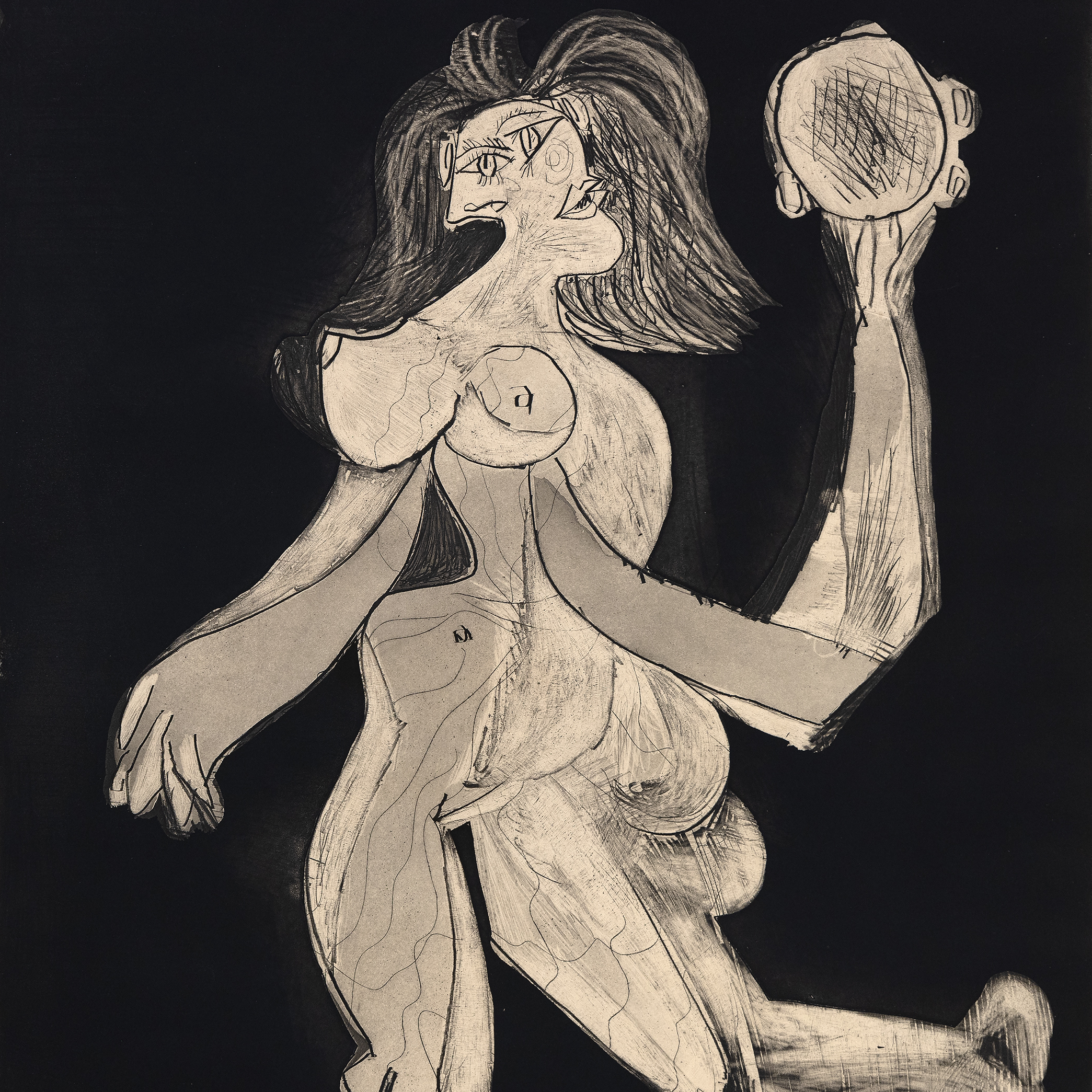
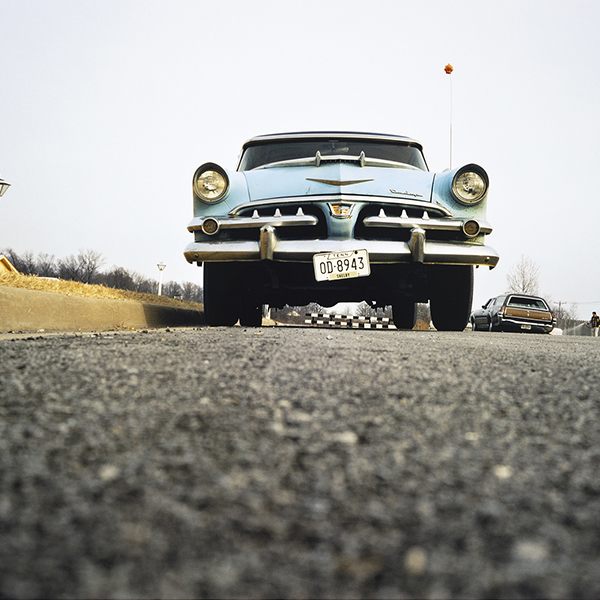
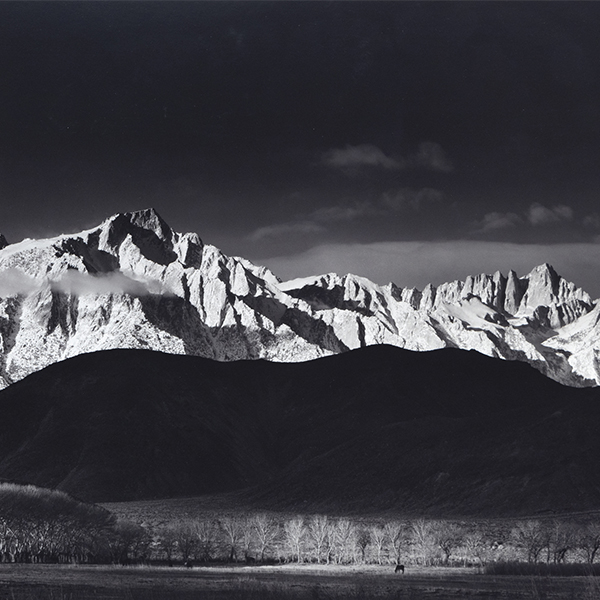
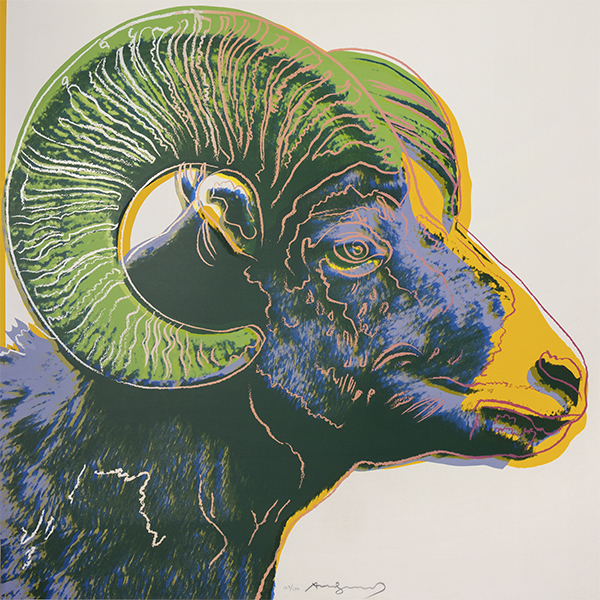
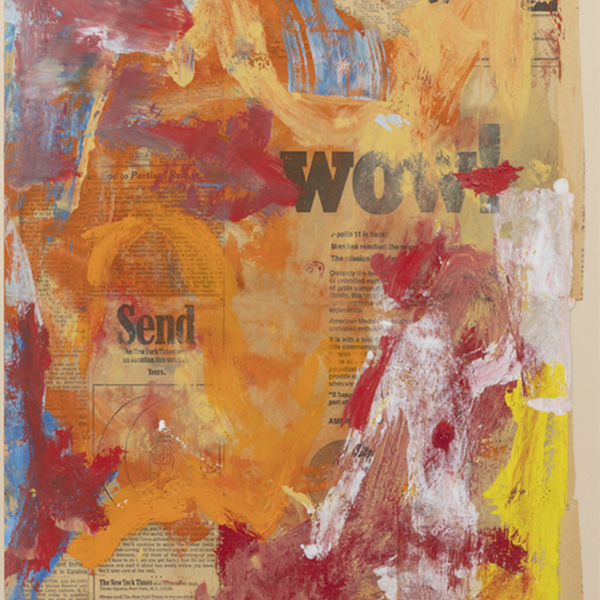
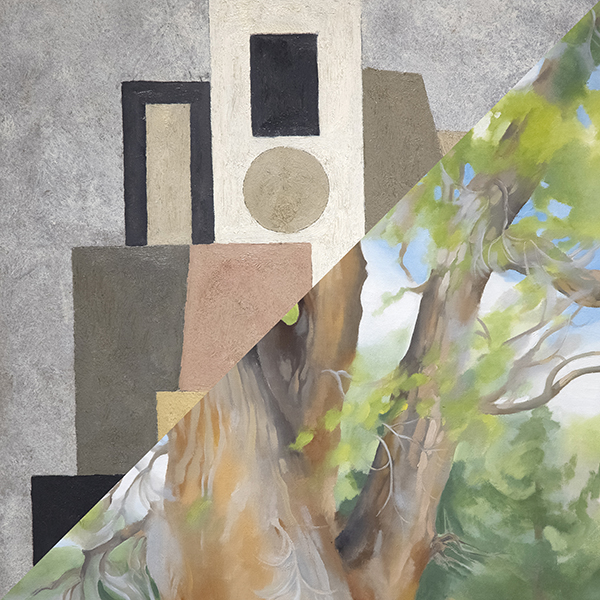
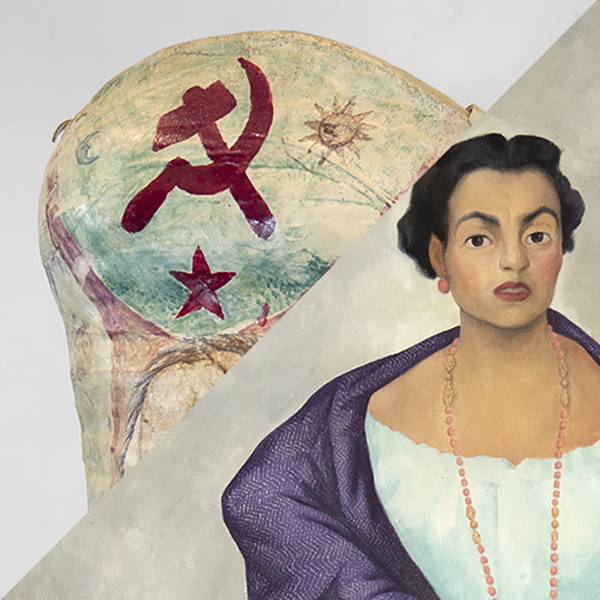
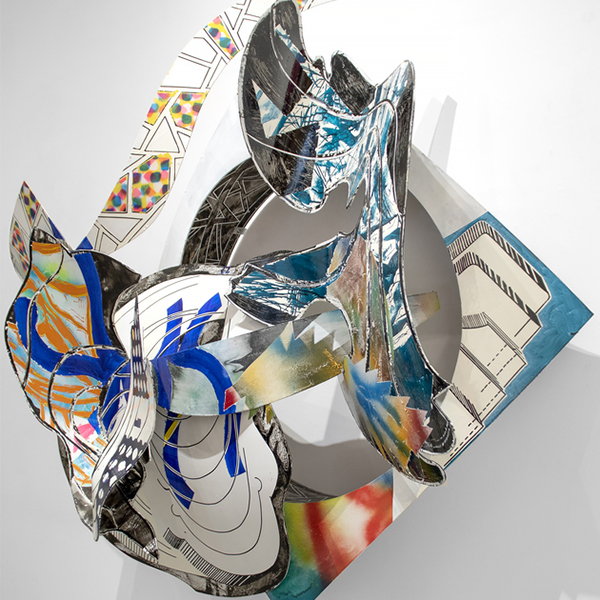
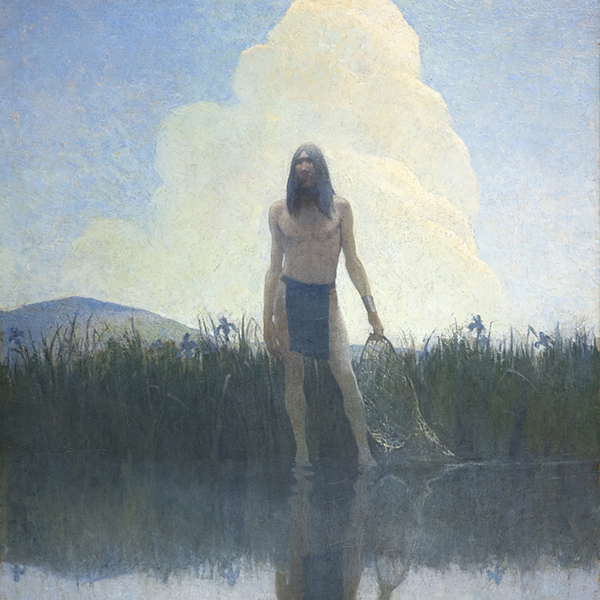
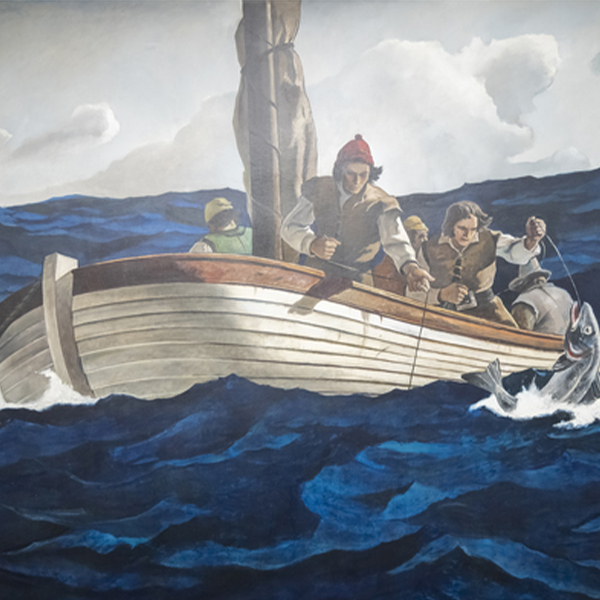
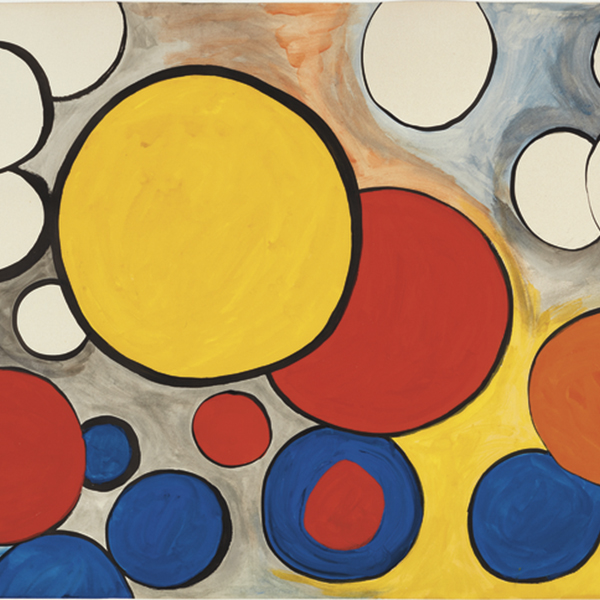
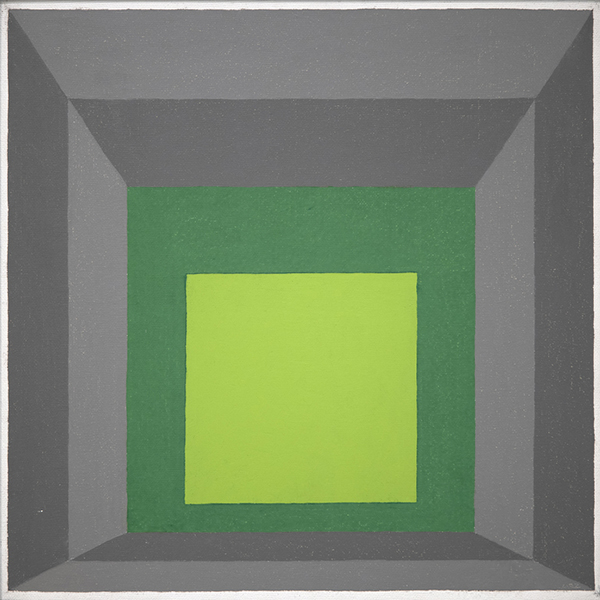
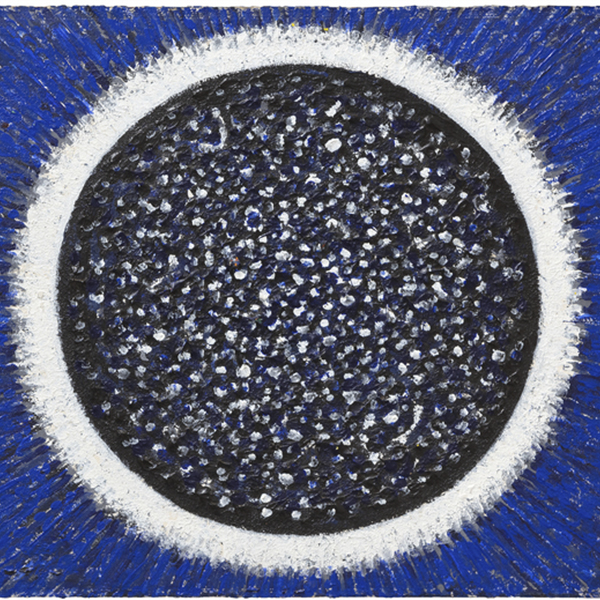
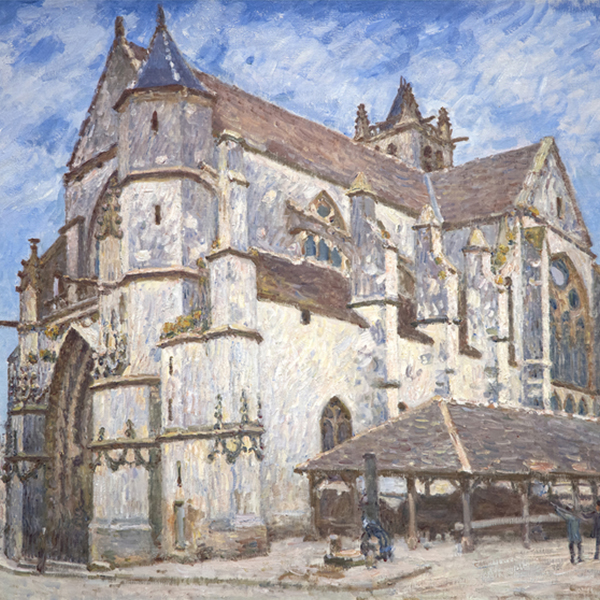
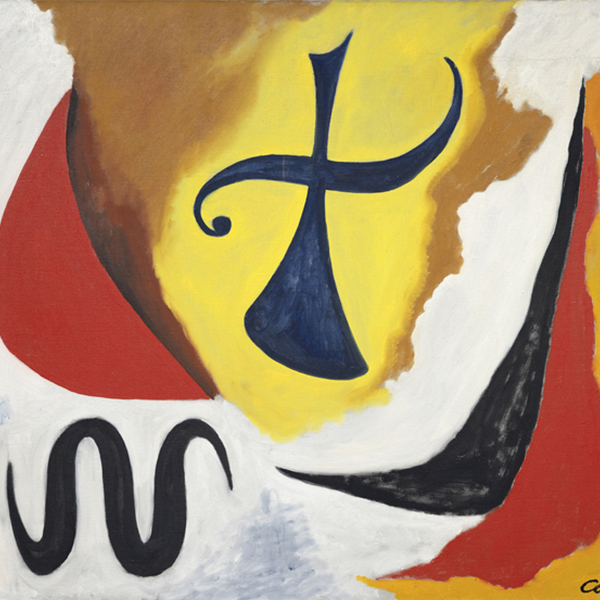
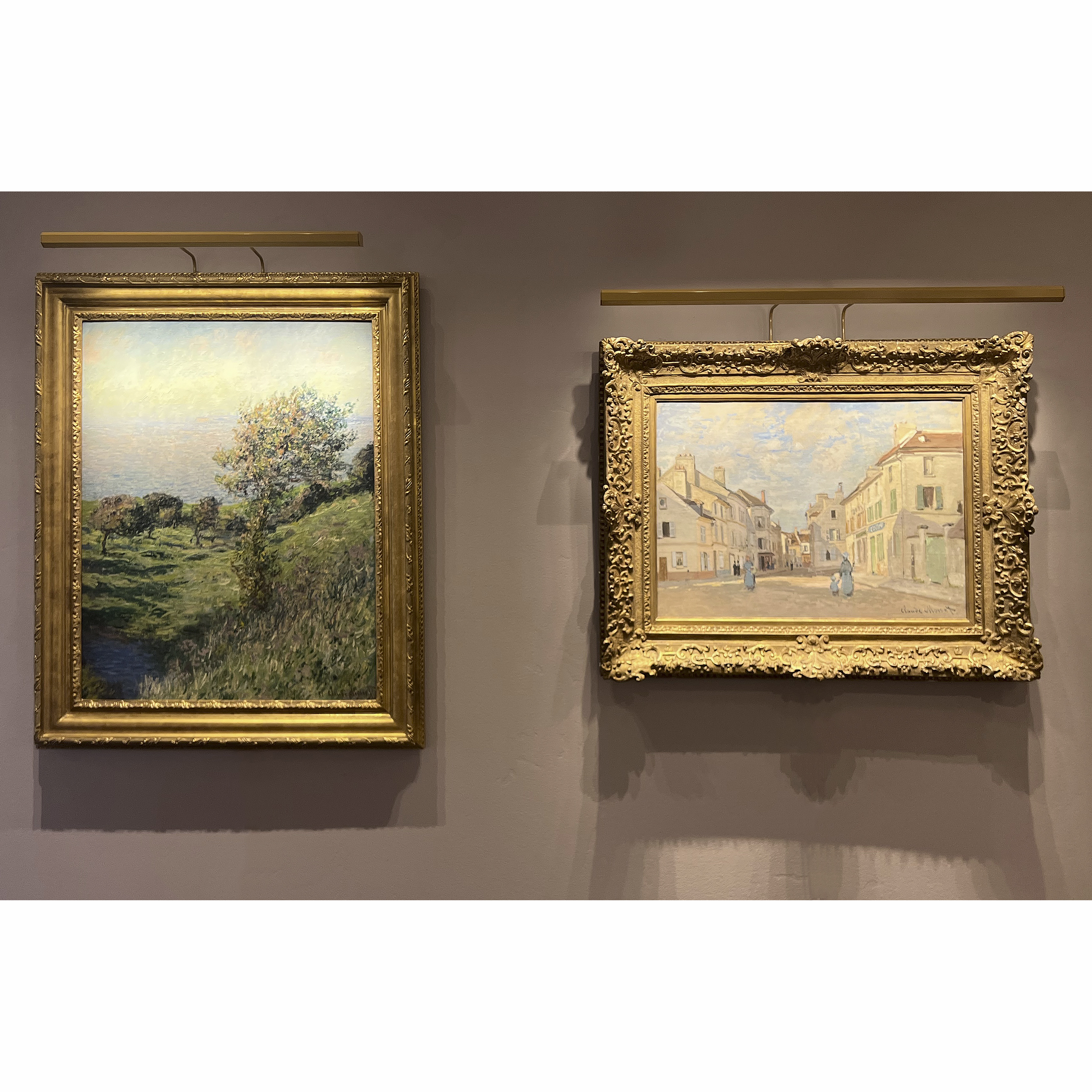
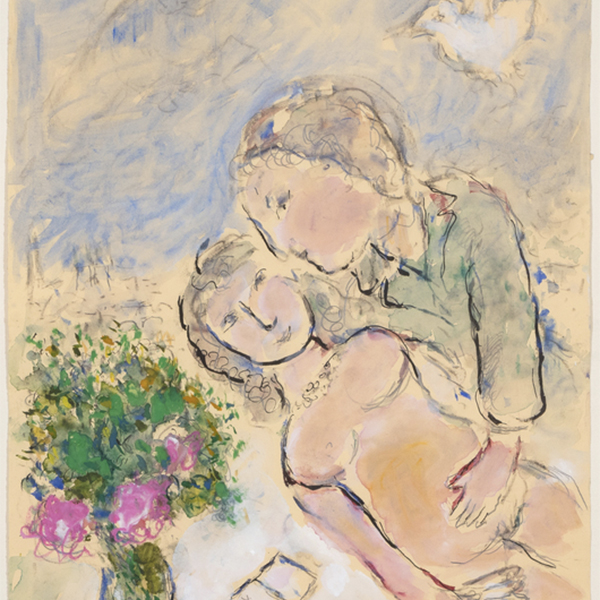
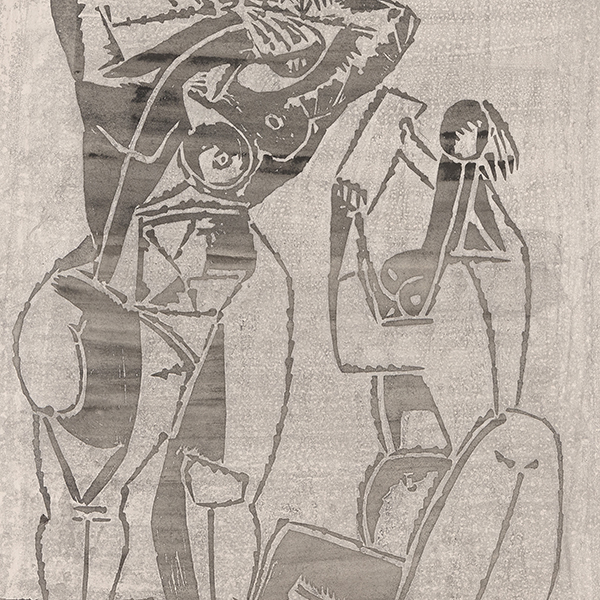
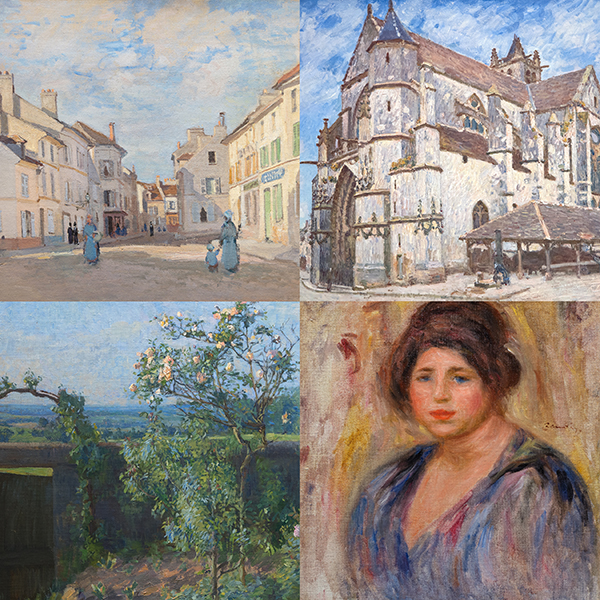
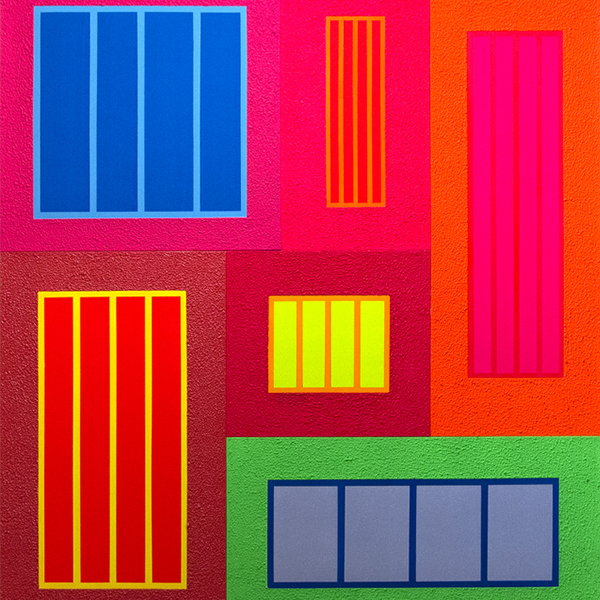
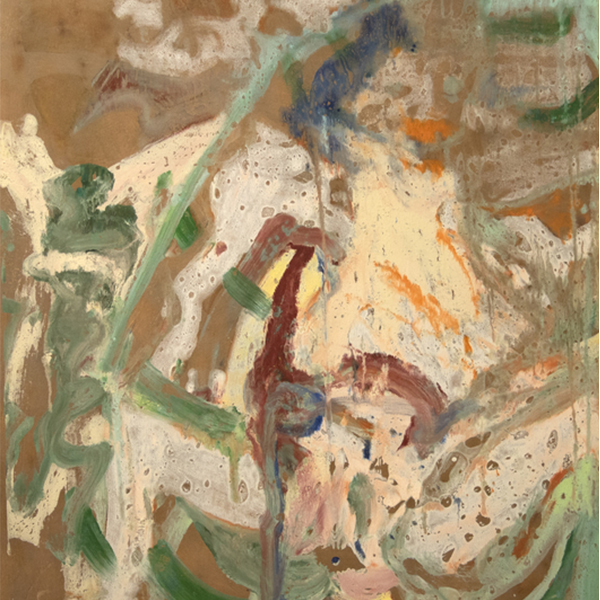
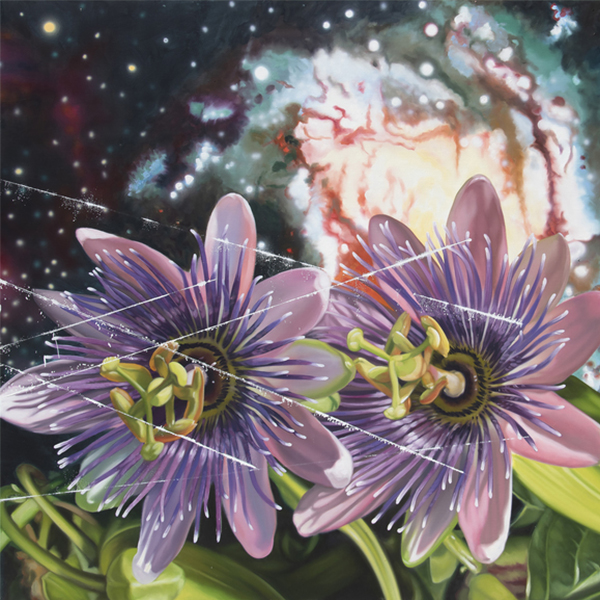
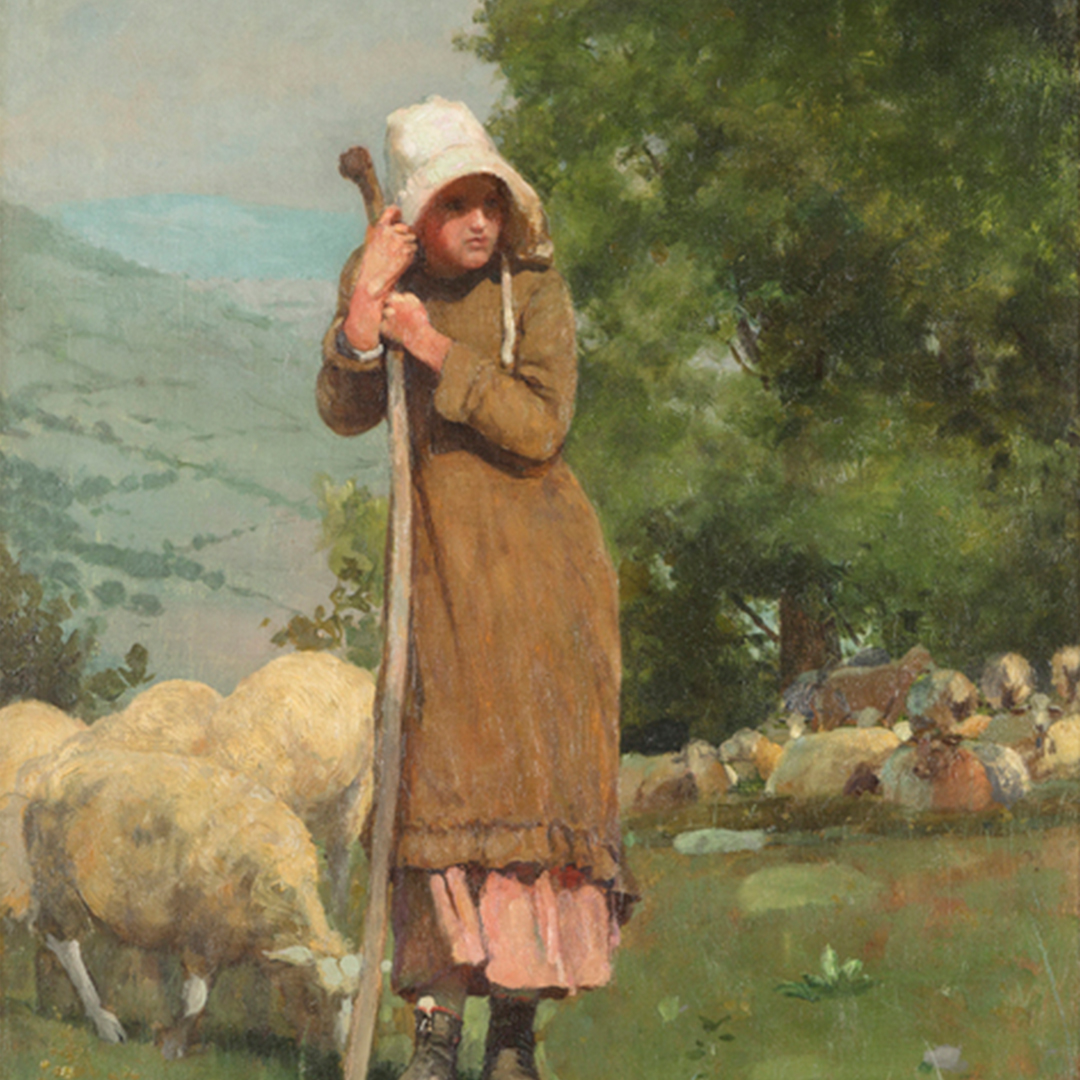
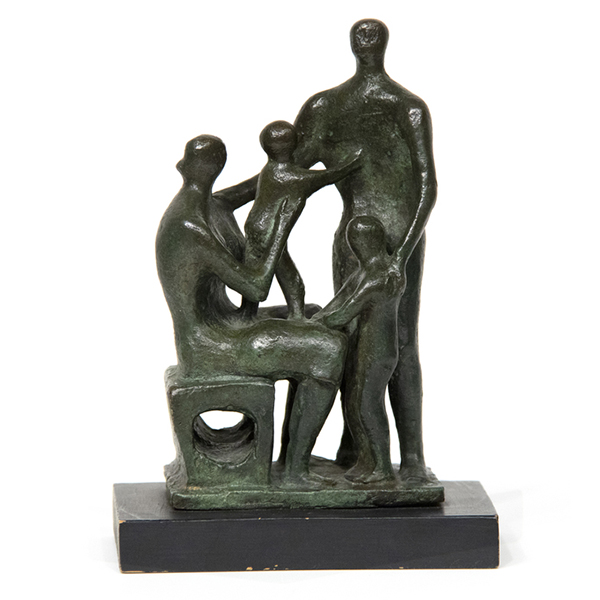
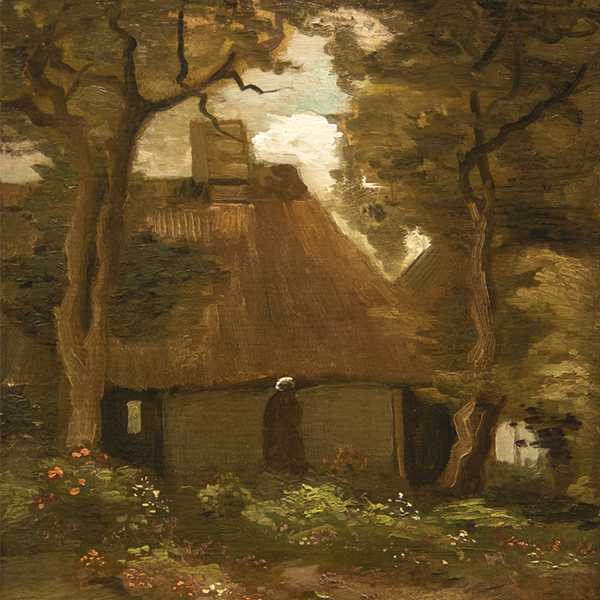
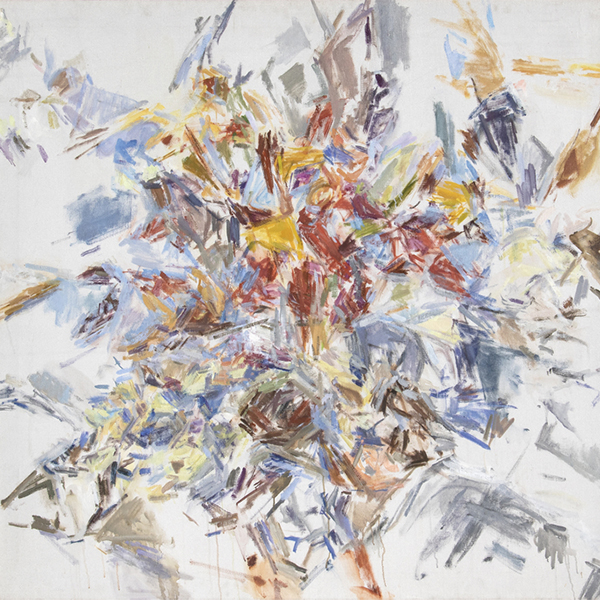
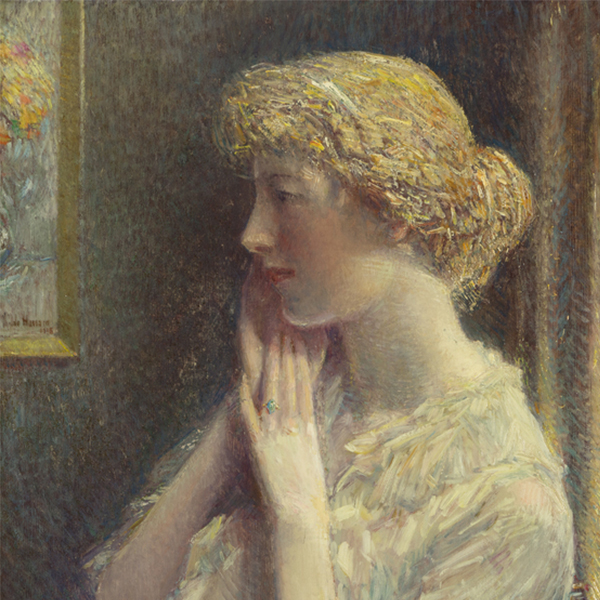
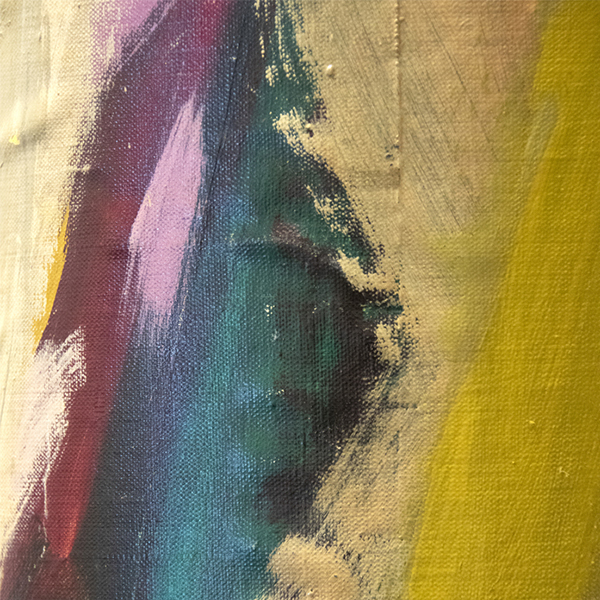
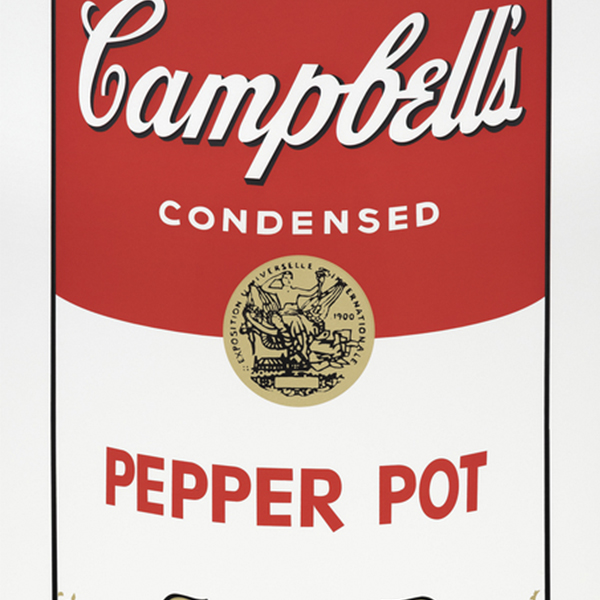
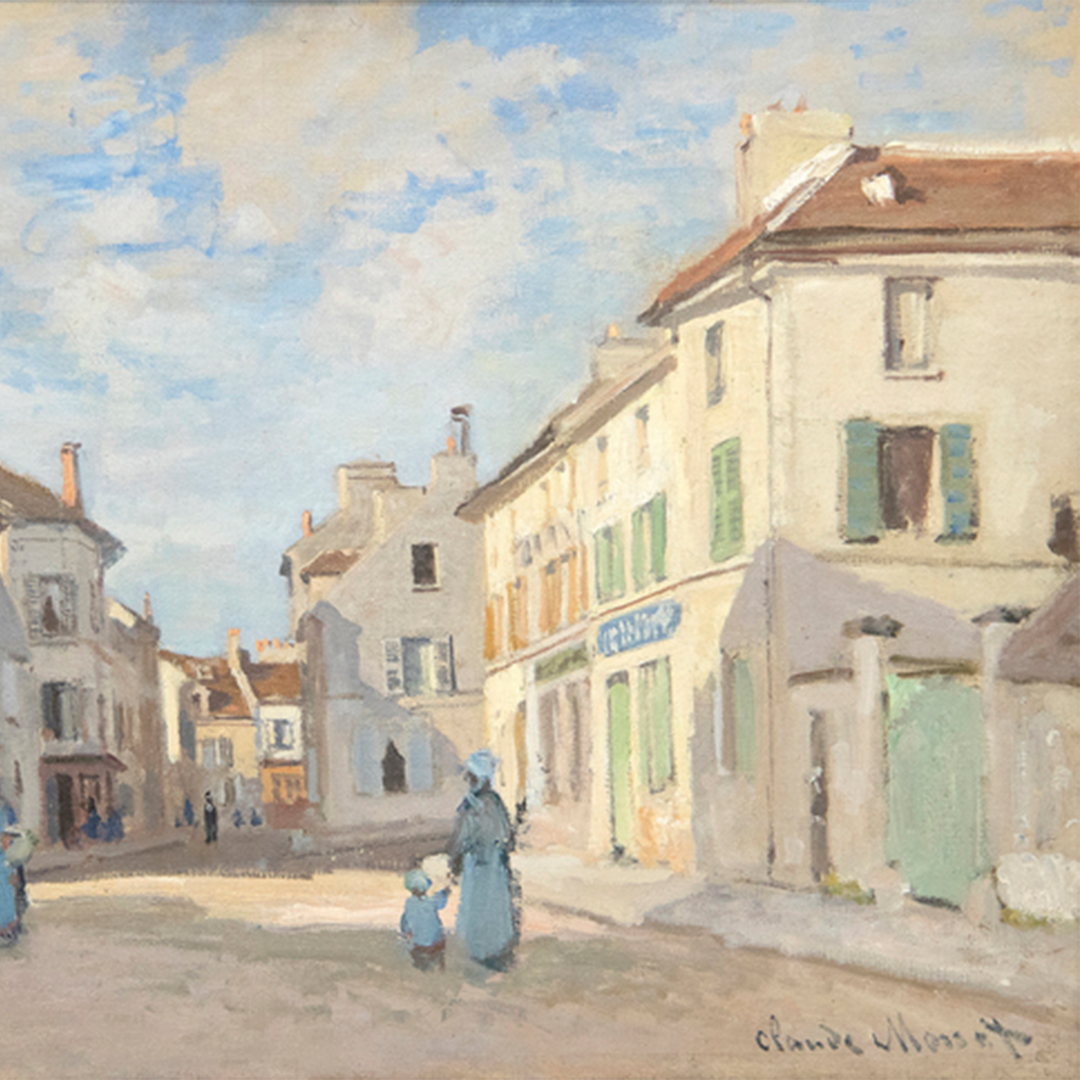
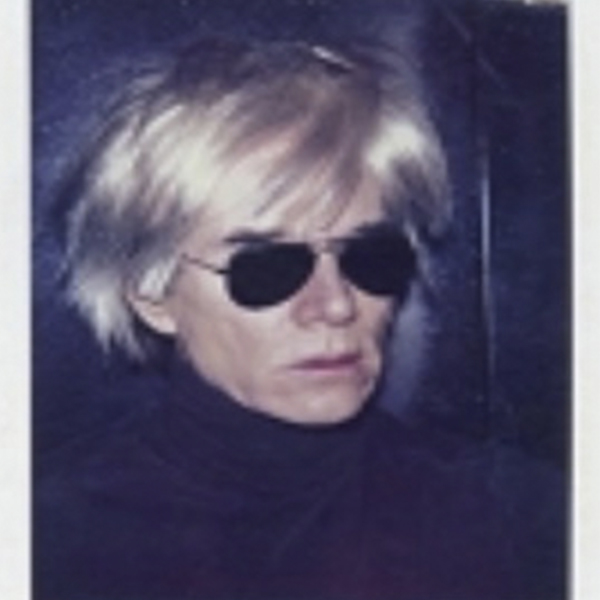
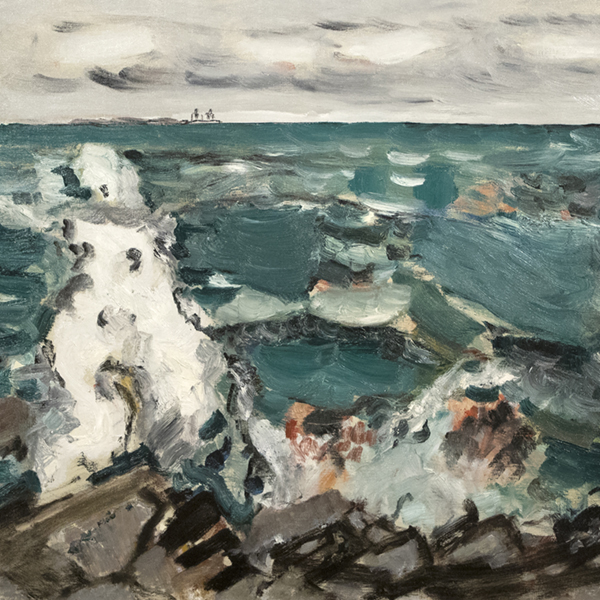
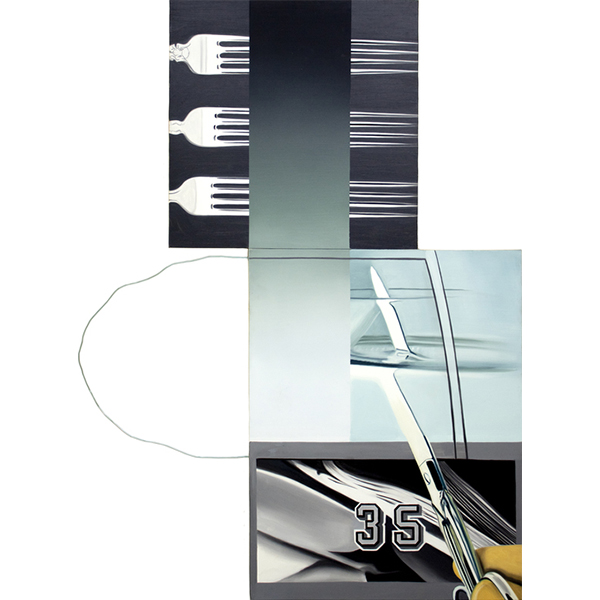

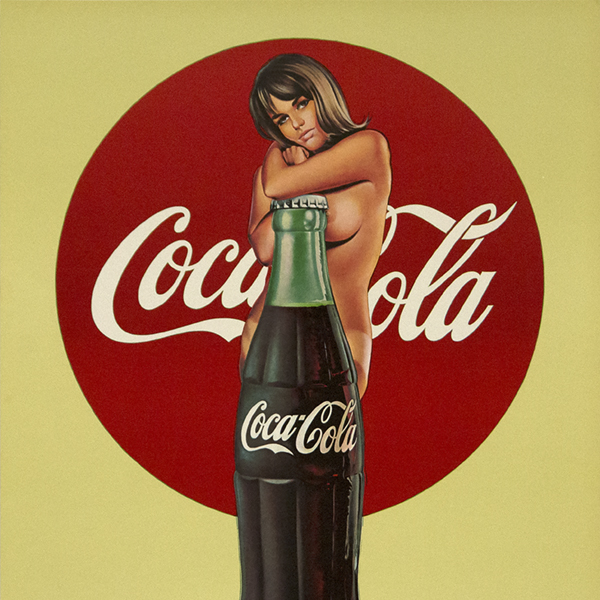

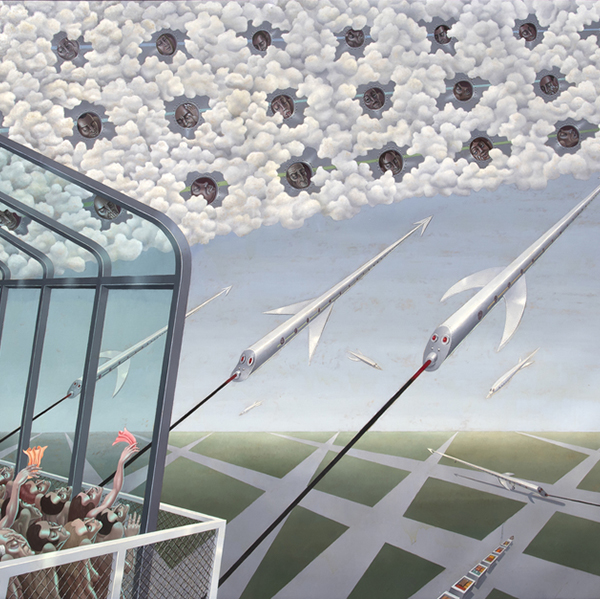
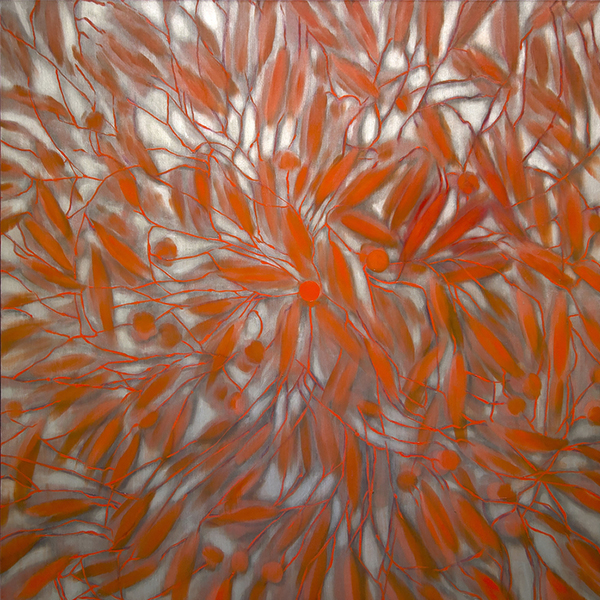
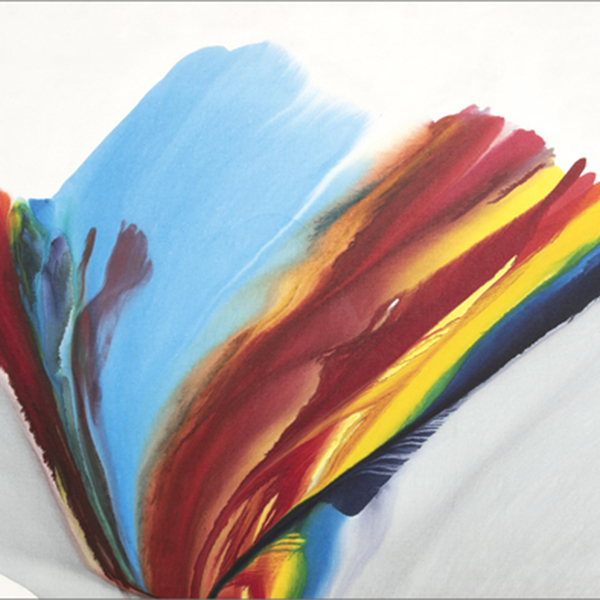
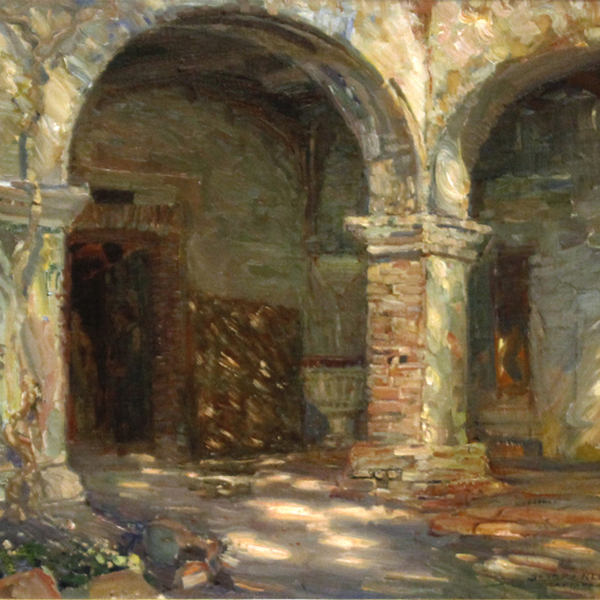
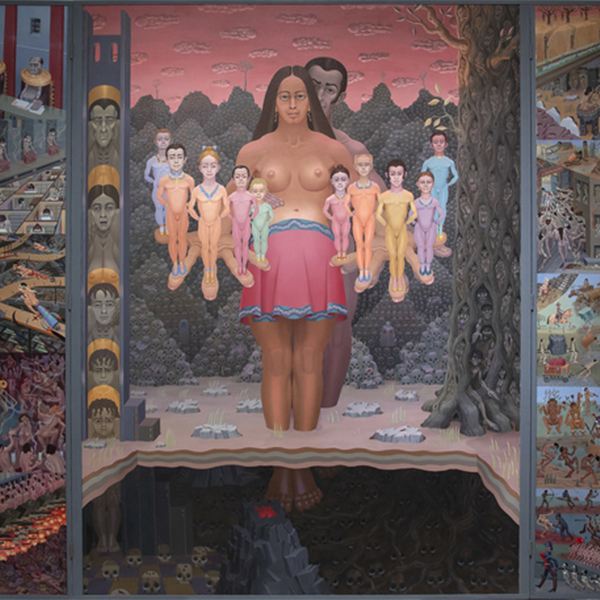
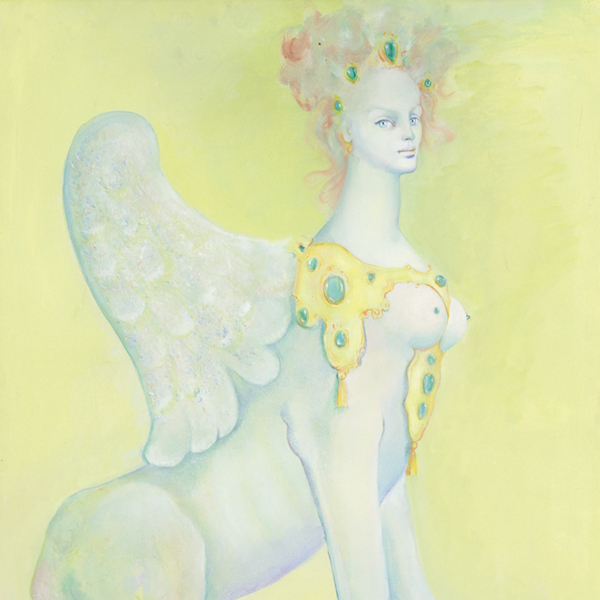
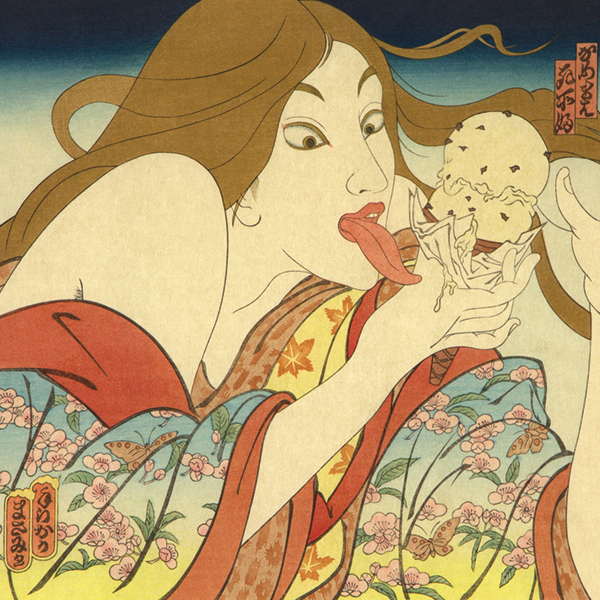
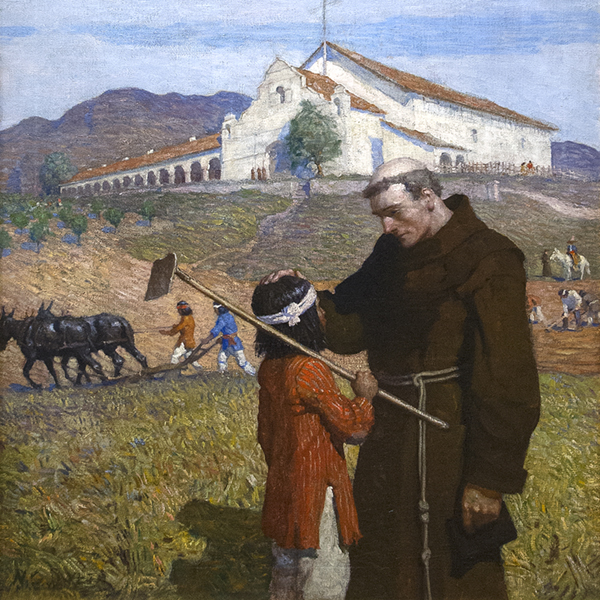
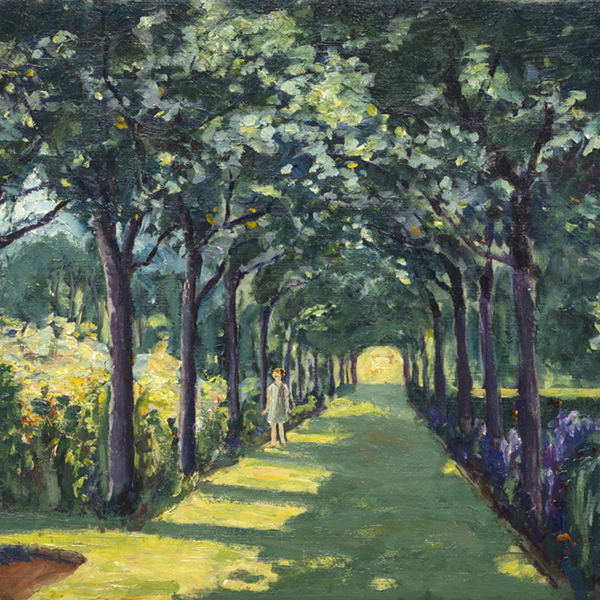
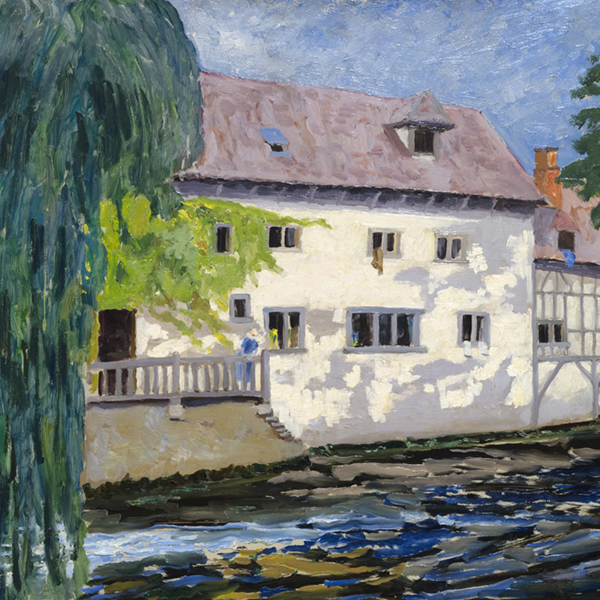
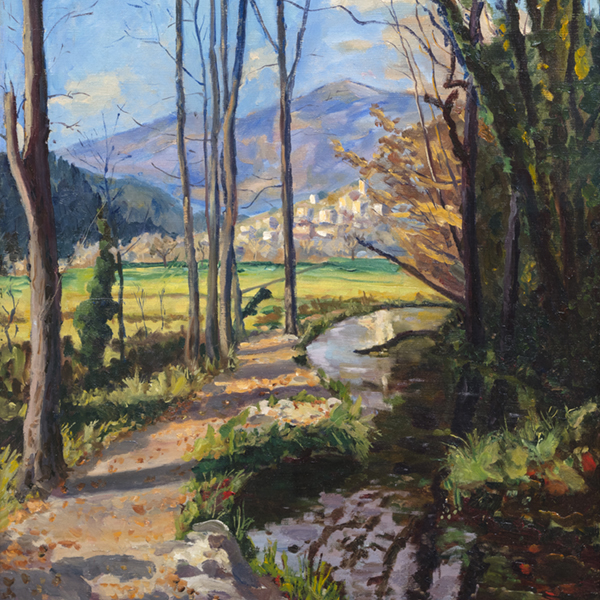
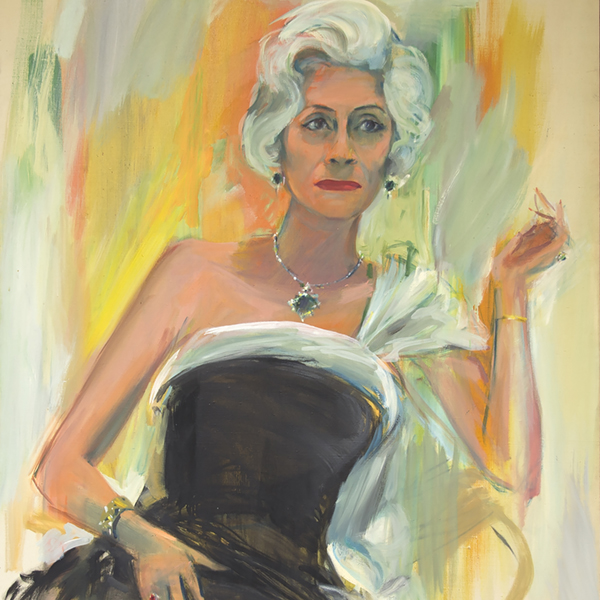
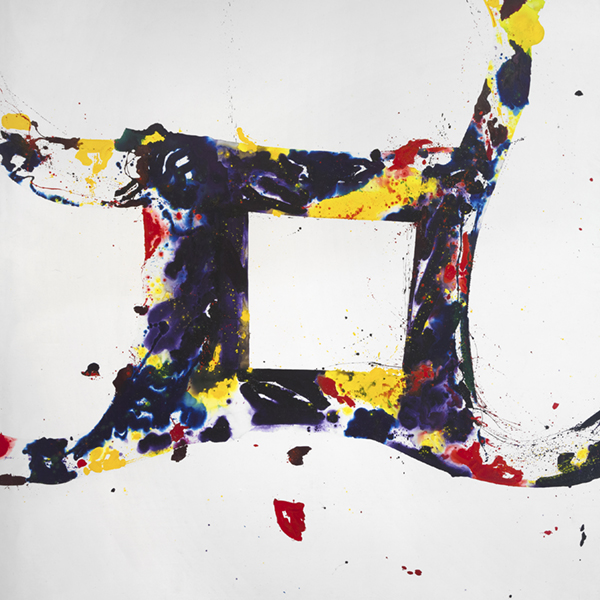
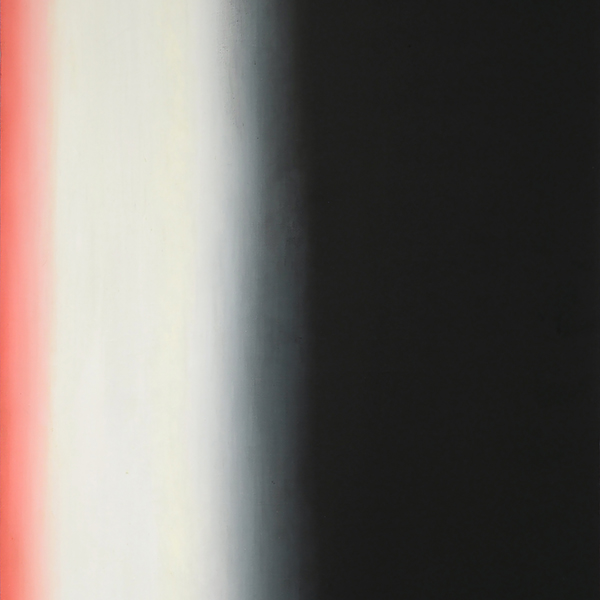
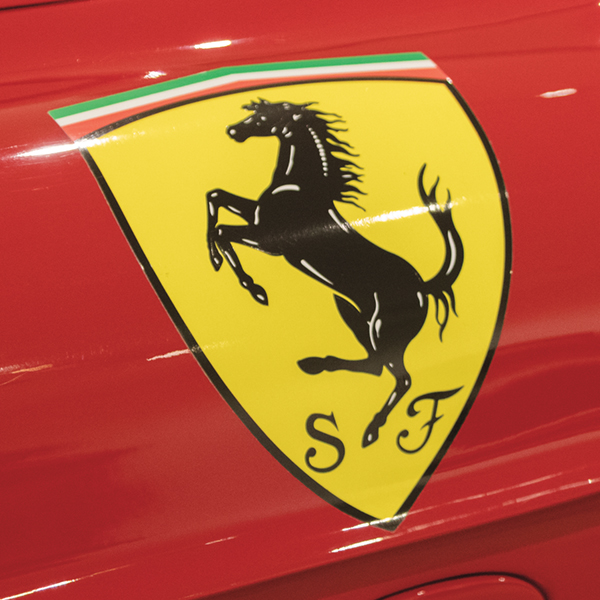
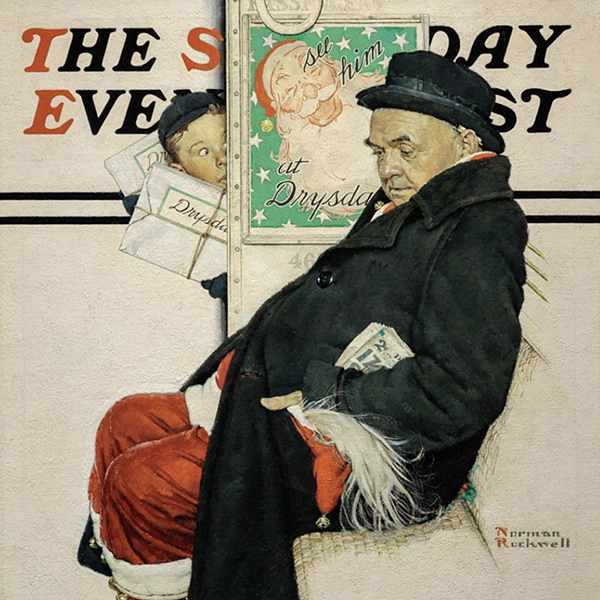
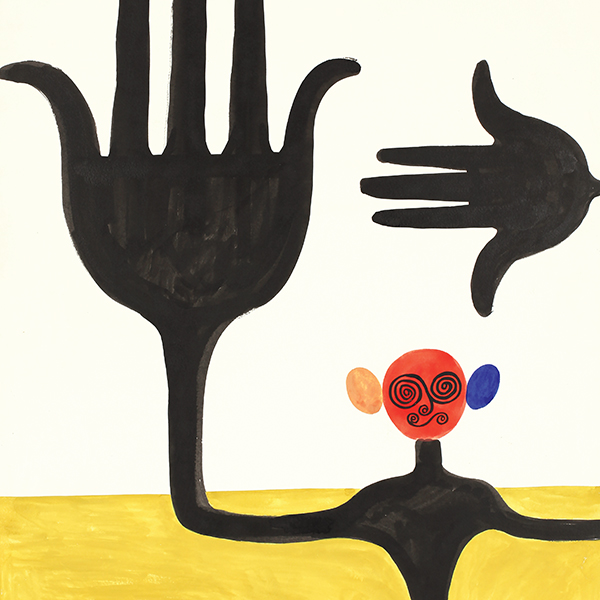
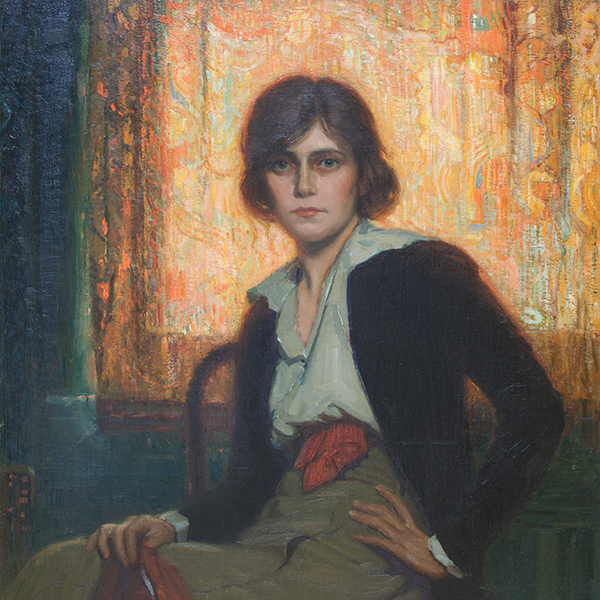
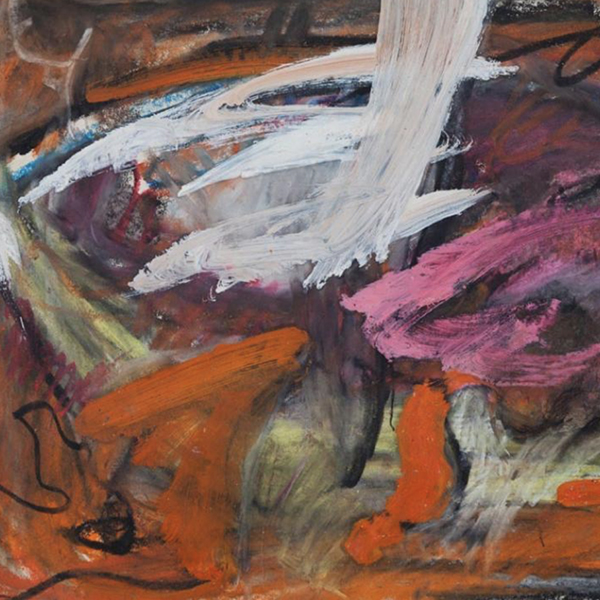
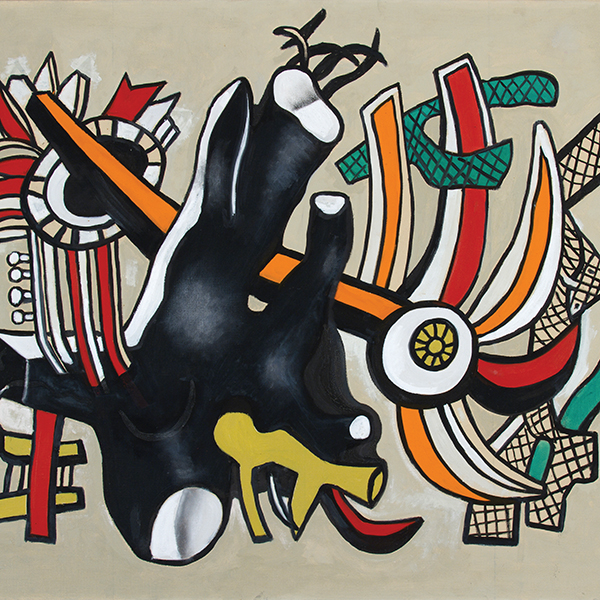
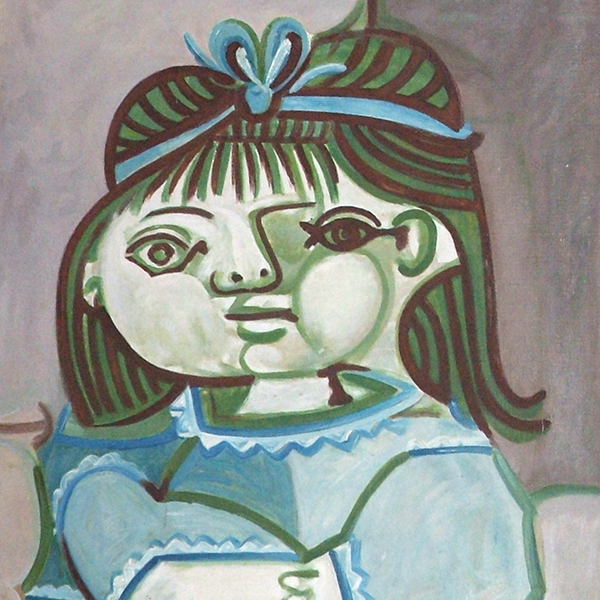












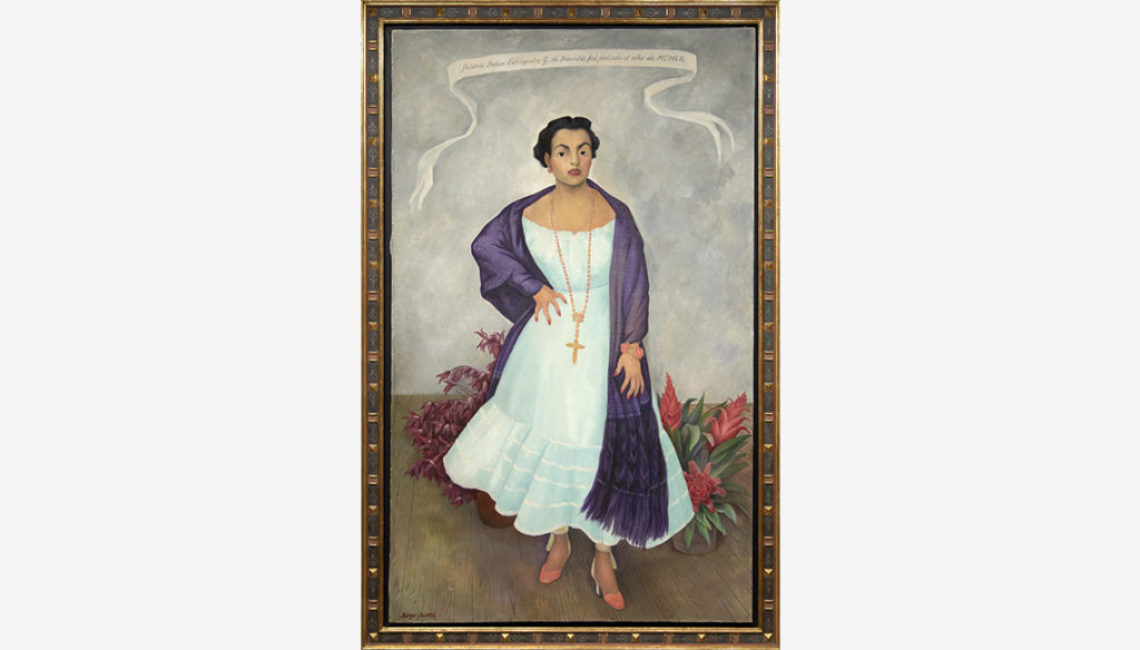





















,_new_mexico_tn40147.jpg )
